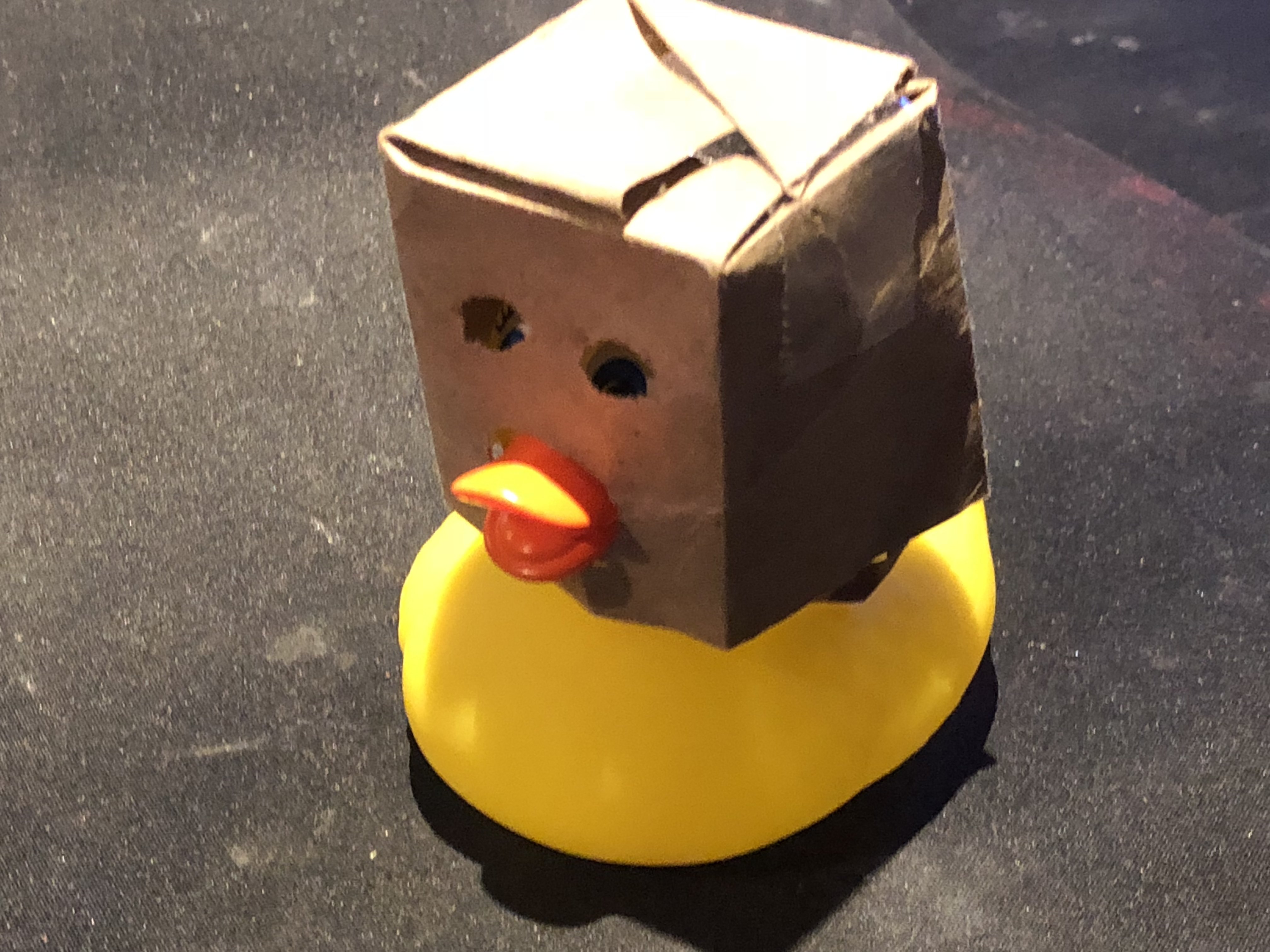So I was thinking of adding USBC PD to my ender 3v2 for a off grid setup. Is it possible or have I gone mad with USBC? I know it’s possible with my old monoprice select mini because of its low power requirements.
Ender3’s have a 360W rater power supply, necessary for the hot bed and hot end current. A little bit of forum googling says they often use up to 250w.
USB PD supports up to a max of 240w, and even then only in a very specific 48 volt supply mode. So you might get away with it, buts it’s gonna be sketchy, and require more stepping down of the 48v usbPD voltage, and complexity, and cost.
You could theoretically split some of that power from multiple sources though. Run one USB-C line to power the hot end, one to run the bed, and one for the electronics and motors.
Would get pretty complicated pretty quick, but it might work with a LOT of effort.
That would be difficult because you would need to somehow separate the power control MOSFET’s from the driver boards so that the controller can still feed them a PWM signal for temp control, but the power would be provided from a separate dedicated usbPD driver board for each set of MOSFETs. At that point it’s really not worth the effort.
Could you not just do something similar to what printers with mains heated beds do and run the bed/hotend heater to a relay and different power bank?
Sure, but on these fully DC printers all the power control hardware is integrated into the main board and supplied from a single main power rail. You’d have to basically build a separate power control board with that would allow you to isolate those MOSFET’s on their own power rail and then jump the PWM control signal over to it from the main board. Decent amount of electronics knowledge and skill required to pull that off.
Yeah but why would you need to do that? You’re isolating the second power source behind a relay and switching it using the normal controller.
USBC PD could work for my old monoprice select mini v1 https://youtu.be/VehfqrkoXJA
Here is an alternative Piped link(s):
https://piped.video/VehfqrkoXJA
Piped is a privacy-respecting open-source alternative frontend to YouTube.
I’m open-source; check me out at GitHub.
A cursory google search (minimum effort, might be wrong) indicates the Ender 3 v2 requires 350 watts. PD only hits 240W absolute maximum. Some anecdotal data from Reddit indicates you could maybe get away with 240 with a few adaptations but that’s designing for limits, and there is zero wiggle room.
Also the supply to power a 240W PD device would be stupidly expensive since that target is definitely not in widespread use. In fact, they don’t really seem to even exist yet.
PD is not the solution here!
More on PD supply wattages / voltages: https://www.usb.org/usb-charger-pd
Anecdotal power usage data (reddit, sorry!): https://www.reddit.com/r/3Dprinting/comments/jpozar/ender_3_v2_power_usage/
I would not trust a USB-C cable initially or over time for anything like this. Maybe if you had a very special USB-C connector on the board that is only made for power, but you’ll still have the tiny pin and spacing on the cable side.
The pin pitch for a full USB-C connector is ridiculously small. Like I need to do photolithography to etch that small of a pin pitch reliably near the edge of a board design. The connector pin and pitch is so small it will cost extra from most of the cheap board houses because they have to use a higher precision process too.
Why does it matter? You are wanting to put a ton of power through a tiny wire pin that is super close to other stuff with a solder connection to a tiny sliver of copper. The wire in the cable may or may not be larger, and the trace can get much larger with an infilled pad against the pinned area. Still, no matter what you do, there will always be that tiny pin soldered to a tiny sliver of copper. It is an excellent fuse design.
I wouldn’t do it. I won’t trust any consumer cable either. You need a 5+ digit DMM that has a low enough range to really test what is inside. Don’t trust the feel, stiffness, cable size, branding, or source. You need to know the real DC resistance and calculate how much power it will be dissipating.
What about using a 12v barrel jack with a 12v to 24v step up converter. If I remember properly, I think the ender3 v2 requires 24v to the main board. I might be wrong, it could be 12v.
The main thing to worry about is powering the two heaters. You need to power the bed properly. You can screw around with pretty much everything else. The power needed for the bed is too much to screw around with hacks unless you have a good understand of Maxwell’s equations… IMO.
Not very likely. USBc-PD is 20v/5a . Most printers are either 12 or 24 volt rails, at 40 or more watts of power for the hotnend alone, toss in the stepper motors, the fans, the board running and you’re very close to going anemic on the power supply.
You probably could get away with a resin printer, though, that doesn’t have the massive hot end. Some kind of transparent LCD (laptop screen disassembled? or maybe the old school kindle e-reader LCD’s) and UV led strips/arrays under it should be fairly easy to build and run.
Latest pd spec can do up to 240w at up to 48v (good luck finding a power brick that supports the full spec, though)
You might be able to pull this off if you forgo the heated bed, but it’s probably not worth it.
What USB-PD battery do you plan to use and how long do you expect it to last?







